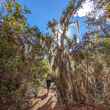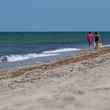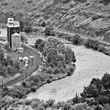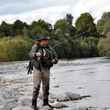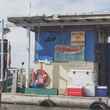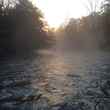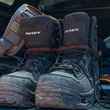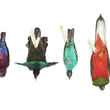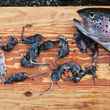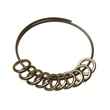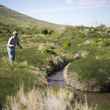RIO announced yesterday a new line designed to suit all the increasingly popular european nymphing styles of fly fishing. The line is also designed to be legal in all european nymphing competitions, whether it be Czech, Polish, Spanish or other popular short-line nymphing styles.
Unlike typical fly lines, the RIO Euro Nymphing line is available in only one size. It was designed by nymphing specialist Steve Parrot. According to RIO, the line features an ultra-thin diameter and is very low-stretch to allow for the fastest of hook sets. The line also features a high-visibility orange tip section which functions as a strike indicator.



